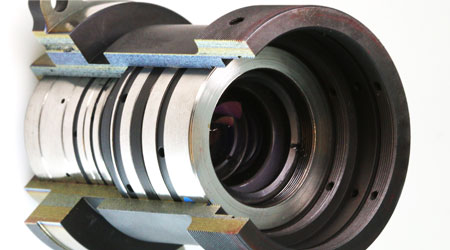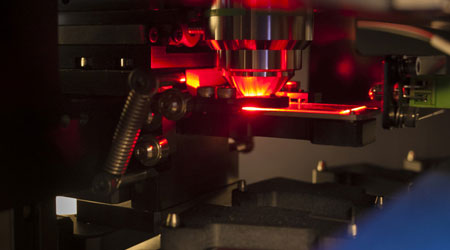Filtering is a fundamental and important technology in signal processing. By using filtering technology, it is possible to extract the desired signal from various signals and filter out unwanted interference signals. A filter is an important component in the frequency domain analysis of signals. There are many types of filters, each with different performance characteristics. Therefore, when selecting a filter, it is usually necessary to comprehensively consider the actual use environment and performance requirements to make a correct, efficient, and reliable choice. This article will explain in detail the working principles and application scenarios of multi-channel filters and explore their applications in audio processing, image processing, and biomedical signal processing.
Multi-channel filters are filters based on digital signal processing that can divide the input signal into multiple channels and perform digital filtering on each channel separately. Generally, multi-channel filters can be divided into two types: parallel and cascaded. A parallel multi-channel filter divides the input signal into multiple channels, each of which undergoes filtering and then combines the output signals of all channels. A cascaded multi-channel filter sequentially passes the input signal through multiple filters, with each filter processing one channel.
The advantage of multi-channel filters is that they can separate and filter signals of different frequencies, thereby improving the quality and accuracy of the signal. In addition, multi-channel filters can also suppress noise and improve the signal-to-noise ratio.
Multi-channel filters are widely used in audio processing, image processing, and biomedical signal processing, among other fields.
In audio processing, multi-channel filters can be used for noise reduction and enhancement of audio signals, improving the quality and clarity of the audio. For example, in the field of speech recognition and synthesis, multi-channel filters can be used to remove background noise from speech signals, improving the accuracy of speech recognition and the quality of speech synthesis.
In image processing, multi-channel filters can be used for noise reduction and enhancement of images, improving the clarity and detail of the images. For example, in the field of medical image processing, multi-channel filters can be used to remove and suppress noise and artifacts in medical images, improving the clarity and accuracy of medical images.
In biomedical signal processing, multi-channel filters can be used to filter and analyze biomedical signals, improving the quality and accuracy of the signals. For example, in the field of electrocardiogram (ECG) analysis, multi-channel filters can be used to remove interference and noise in ECG signals, improving the accuracy and reliability of the ECG.
In summary, multi-channel filters are widely used in digital signal processing and can separate and filter signals of different frequencies.


 Call us on:
Call us on:  Email us:
Email us:  R&D Center: 9B-4F 401,No.1 Qingnian Road Liando U Valley,Yuhua International Wisdom Valley, Nanjing, 210039 China
R&D Center: 9B-4F 401,No.1 Qingnian Road Liando U Valley,Yuhua International Wisdom Valley, Nanjing, 210039 China









 English
English  cn
cn  de
de  es
es  fr
fr 


